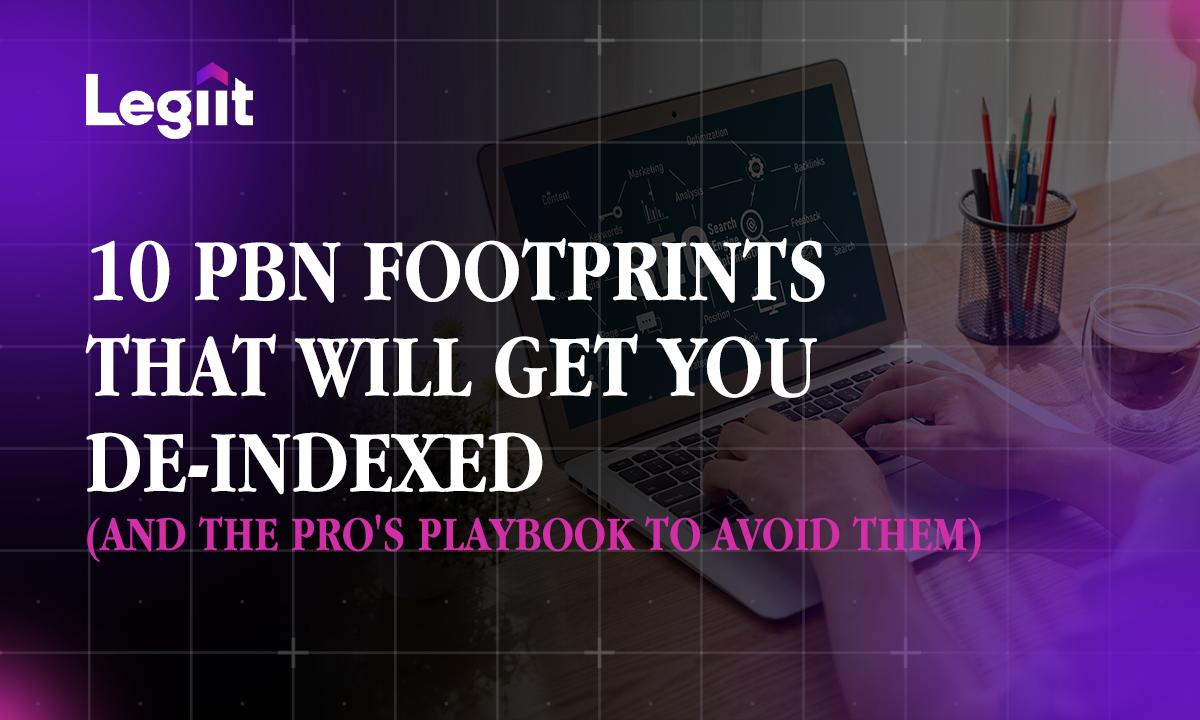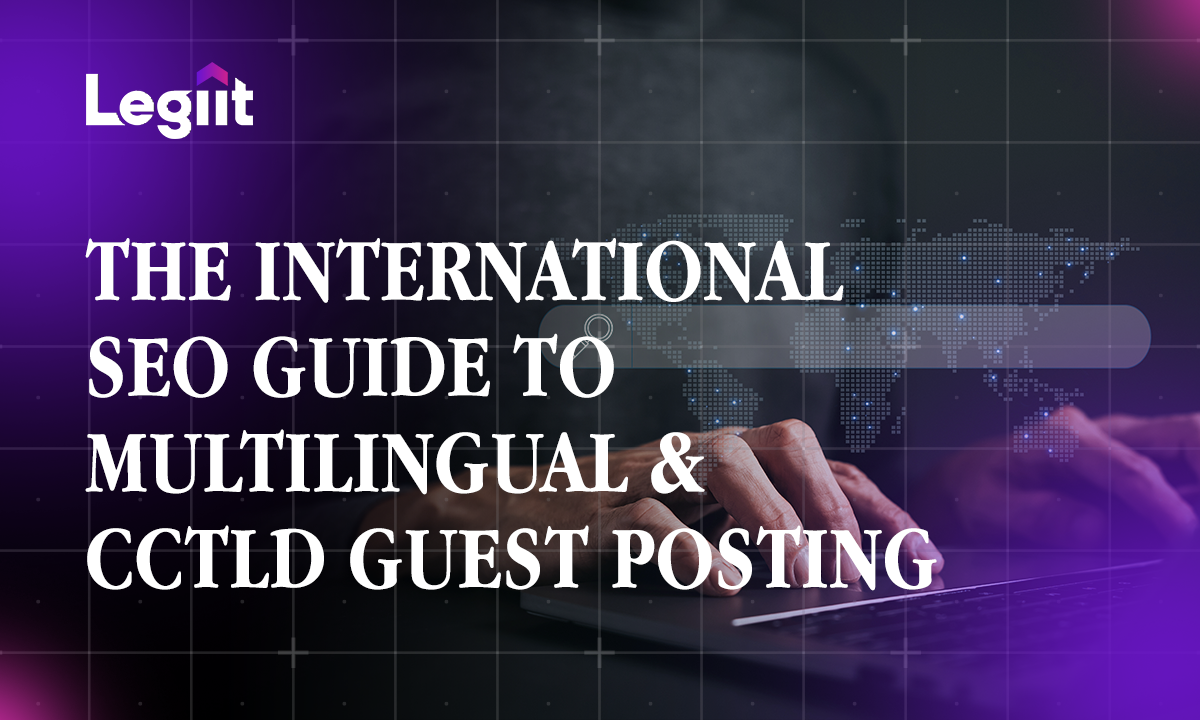As a business owner, whether you're just starting or you're looking to change your business brand, or sustain and grow your engagement.
Building a connection with customers requires a clear brand strategy to define your purpose and a solid marketing strategy to communicate your mission to your customers.
In this article, you'll learn about the strategies used by marketers to build a successful brand marketing campaign that explains your brand's core values, create content your customers desire, and ensure your brand network is designed to support customer loyalty.
Brand Strategy Vs Marketing Strategy: What's the difference?
Branding and marketing aren't the same.
Brand and marketing strategy both share similar goals but how they’re developed and the end product of each are different.
What is Brand Strategy?

A branding strategy is a long-term plan to achieve a series of long-term goals that ultimately result in the identification and preference of your brand by consumers.
Often misunderstood, a branding strategy is not the sum of your logo, color palette, or website; though these creative elements are integral to a successful branding strategy. A branding strategy revolves around all the intangible elements that over time drive brand awareness, brand sentiment, and brand equity.
Branding should occur before any marketing strategy begins. Branding is the process where a business makes itself known to the public and differentiates itself from other competitors.
What is Marketing Strategy?

Marketing Strategy refers to businesses' overall game plan for reaching prospective consumers and turning them into potential customers of their products and services.
Marketing is the act of promoting a product to earn revenue. Marketers push out messages that usually tell the consumer why their product is better than a competitor's product.
Marketing drives sales and provides the initial traction for the brand, you could be forgiven for thinking that marketing comes first.
Marketing only comes into action after the brand has been built with a clear brand strategy in place to guide brand appearance.
Brand Strategy Vs Marketing Strategy: What's the difference?
Well, so now that we know what they are, let’s talk about the key differences between marketing and branding:Marketing is used to promote your product or service and branding is used to actively shape your brand and who you are. You need both strategies to have different goals and different results.
- Marketing drives sales, branding drives recognition and loyalty
- Marketing strategies come and go but branding lasts forever
- Branding comes first, marketing comes second
- Marketing gets a customers attention, branding is a way to keep their attention
Tips On Getting Your brand Strategy Right
1. Be Consistent ALWAYS!
A successful branding strategy can take years to be perfected. Once the brand message is established, use that message consistently over and over again. Think about your favorite brands; many of them have stood the test of time, which means the brand remained consistent through the years.You don't have to use the same words to channel the same message. But you do want to stay on the same message, while finding a way to remain suitable in the market. Remember, does a brand want to be noticed by its customers? It takes a lot of work to retain their main customers while gaining new ones. Maintain the message consistently which will keep the brand strategy current.
2. Measure Your Brand Awareness Strategy
Measuring brand awareness is one of the trickiest marketing KPIs to track. without measuring its efficacy, no one will know whether the campaign was a success. As new campaigns are implemented, ROI must be measured. Fortunately for you in this article, we present ten hardcore ways to measure your brand awareness.
2 Ways On How to Measure Your Brand Awareness
- Study Grow in Direct Traffic: Your web analytics programs show you the amount of direct traffic coming to your website. Reviewing the growth of traffic over a specific gives you information on your brand awareness growth, the more people remember your brand the more likely they are directed to type it in the search bar.
- Track Your Earned Media Value: Earned media is all the publicity your brand gets without being paid in any form. You can use social tracking tools to find out when, where, and how often you've been mentioned. If you assign monetary values for mentions and engagement, you can track your branding effort ROI (Return On Investment).
Tips On Getting Your Marketing Strategy Right
1. Set a Goal and Budget
Every business needs a direction, every marketing campaign needs to start with a goal and budget.Without a goal and a budget, it becomes exceptionally difficult to determine whether or not your campaign was successful.
In fact, according to Coschedule's roundup of 2018 marketing statistics, marketers that set goals for their campaign are 429% more likely to report success.
2. Conduct Research That Impacts Your SEO
With 70-80% of modern-day consumers ignoring ads altogether, ranking for targeted keywords has never been more important.
To rank in SERPs for keywords that can drive high-quality leads.
How To Make Sure Your Branding and Marketing Strategy Are Working Together

One of the reasons why it's so hard to differentiate branding and marketing is because of the similar goal they share.
If you own a business, odds are you don't have billions to invest in branding and marketing. But if you know how the two ideas work together, as well as how to be efficient, you can get the result that you're looking for.
Let's get started!
- Marketing is for promoting your brand
- Your brand starts with a name and logo
- Marketing showcases your brand's voice
- Marketing highlights your brand mission statement
- Grow your brand using marketing
- Marketing gives your brand credibility
FAQ

Why is branding important?
It's simply common, businesses need the branding to help them gain recognition. A unique brand can have a huge impact on your bottom line by giving you a competitive advantage over your rivals and helping you acquire and retain customers at a much lower cost.Branding allows you to build relationships with your audience, which turns them into potential customers. By carefully constructing your brand messages and stories and visual assets, you have the opportunity of shaping your customers’ expectations and creating a unique bond that goes beyond the buying-selling relationship.
Why is Marketing Important?
Marketing can help businesses increase brand awareness, engagement, and sales with promotional campaigns. The main purpose of marketing is to help businesses grow and reach their greatest potential for ROI (Return On Investment) by promoting brands, products, and services.Marketing promotions commonly boost content engagement and increase sales of products and services with growing brand awareness
Marketing and promotions can be traditional, digital or both. Traditional marketing refers to print media, and digital marketing refers to digital media.
What are the 7 Branding Strategies?
Personal Branding: Is branding that is used for a person, instead of branding a whole business. This is used to describe a person's character, personality, and work as a brand. Celebrities, politicians, and musicians often use this form of branding to present the best version of themselves to the public.Product Branding: Product branding focuses on making a single product distinct and recognizable. Symbols or designs are an essential part of product branding to help your customers identify your product easily.
Corporate Branding: these are the core values of a business and a philosophy that a business develops to present itself to the world and its employees.
Service Branding: leverages the needs of the customer. Companies that use service branding seek to provide their customers with world-class service.
Online Branding: helps businesses to position themselves as a part of the online marketplace. This type of branding includes a company’s website, social media platforms, blogs, and other online content.
Co-Branding: This is a form of branding that connects companies. Essentially, co-branding is a marketing partnership between two or more businesses. This helps brands impact each other positively, and it may result in one growing its business, spreading brand awareness, and breaking into new markets.
No - Brand Branding: These brands are often generic brands that seek to let their products speak for themselves without all the extras many others provide their consumers with.
Is Brand Part of Marketing Strategy?
Think of marketing as your business-generating toolkit and branding as your overall approach to reaching your target audience. Branding is one of the primary foundations of your marketing strategy, so it will always come first.
Conclusion
The crossover in goals, the shared responsibility and the nature of their audience interactions mean they will always be compared and confused.
Getting your brand right is essential. And expressing that brand through marketing is what helps your brand stay top-of-mind for your customers, increasing the odds that they’ll think of you when they’re ready to buy.
If you’re just starting out or you’re looking to refresh and revive your brand, make learning how to create a brand marketing strategy should be the first thing on your to do list!
If you've loved this article, check out this ones:https://legiit.com/blog/effective-social-media-marketing-for-small-business








 Download
Download